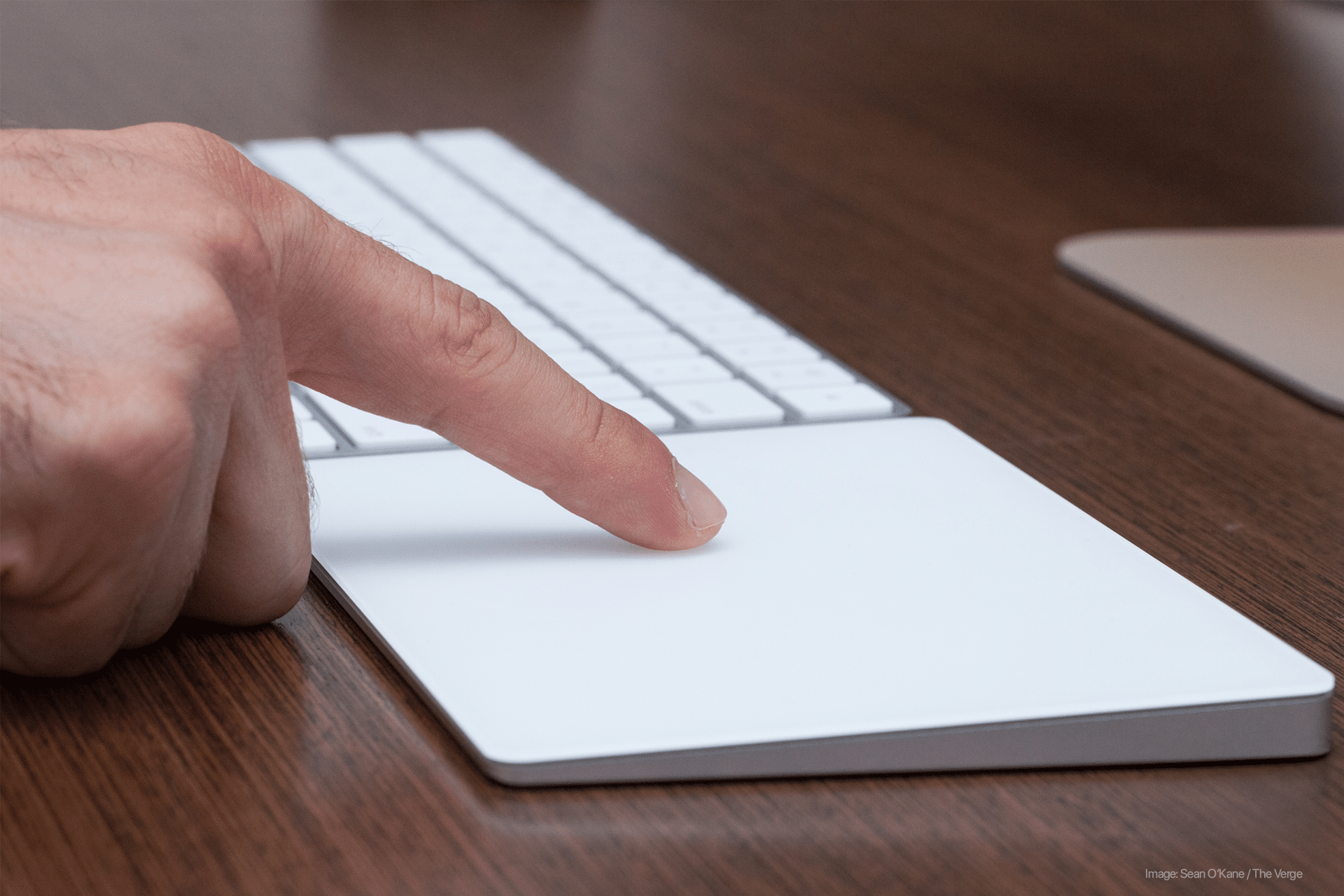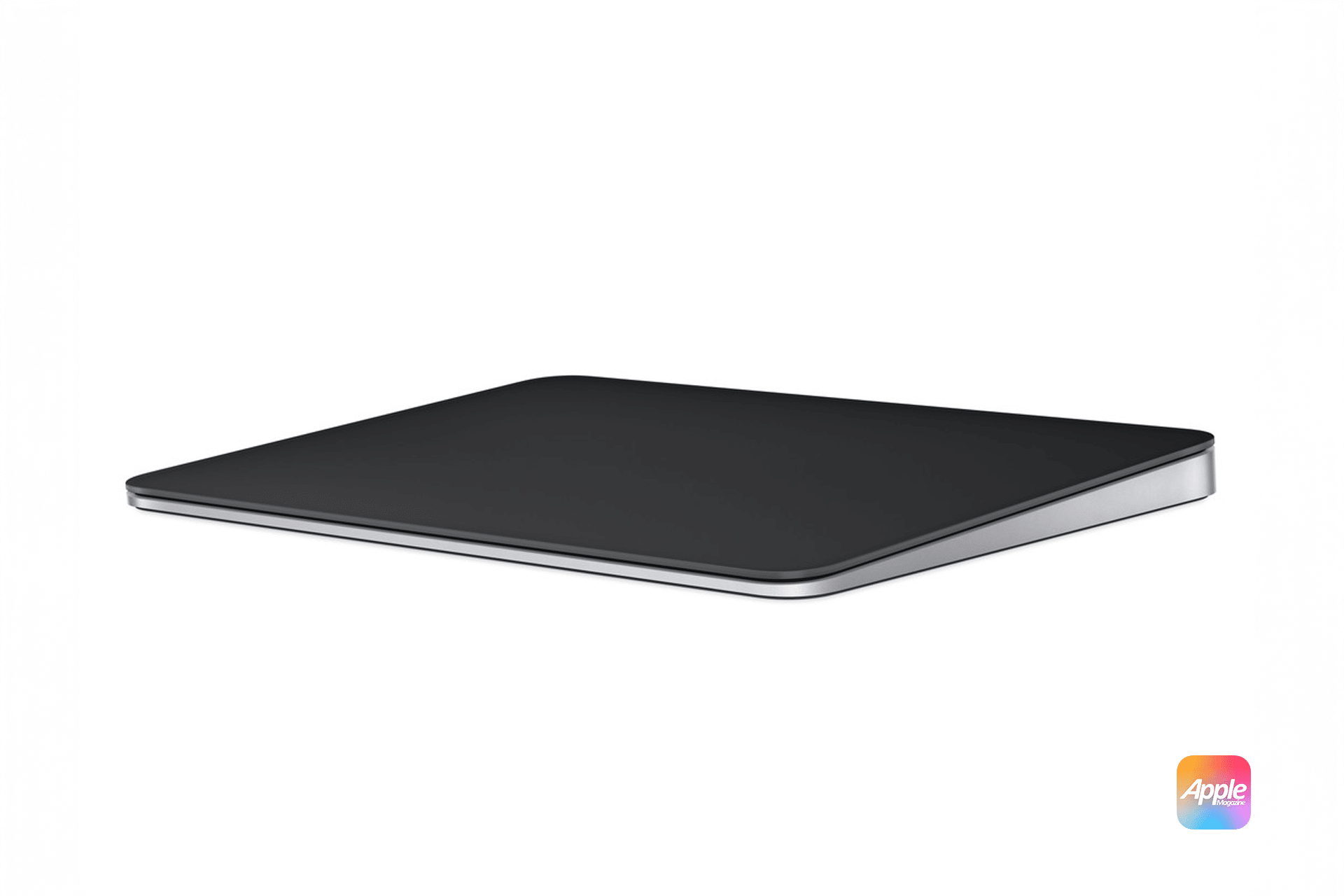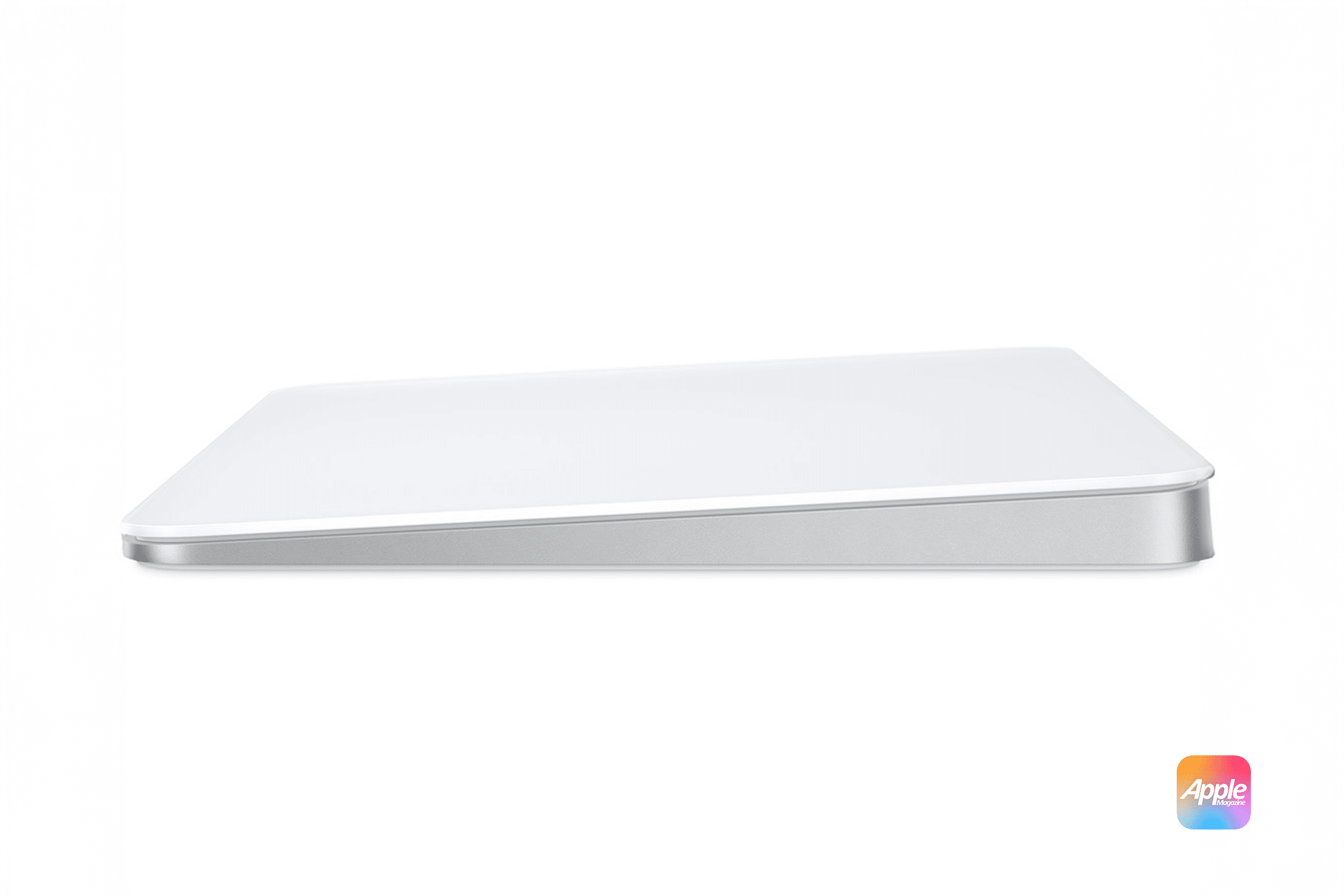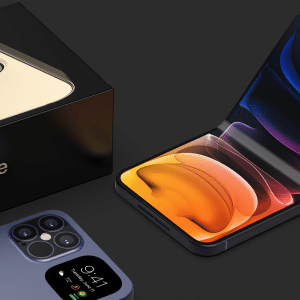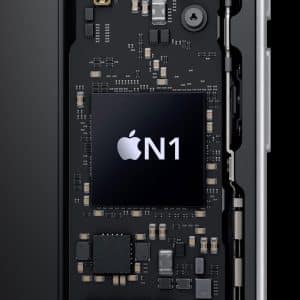Since its introduction, the Magic Trackpad has been lauded for its sleek design, responsive touch surface, and deep integration with macOS. Features such as Force Touch, multi-finger gestures, and a substantial touch area have made it a favorite among professionals and casual users alike. Its ability to provide a seamless user experience has set a high standard in the industry.
Emerging Competitors
Recent advancements have led to the development of new trackpads that challenge the Magic Trackpad’s supremacy. Here are some notable contenders:
Unveiled at CES 2025, the HyperSpace Trackpad Pro is designed primarily for Windows users but plans to introduce basic macOS support via a firmware update later this year. It boasts a premium haptic feedback system and supports multitouch gestures. What sets it apart is its advanced customizability, allowing users to set up shortcuts in the trackpad’s corners for both general functions and specific app actions. Additionally, users can create custom gestures and adjust haptic feedback, pressure sensitivity, and click force. The trackpad features independent force detection for up to 10 fingers, a 240Hz report rate for smooth tracking, support for multiple devices, and detachable magnetic palm rests. It is expected to be available in the second quarter of 2025 for $129.99, matching the price of Apple’s Magic Trackpad.
Ploopy’s Open-Source Trackpad
Ploopy has introduced a customizable seven-inch trackpad featuring multi-finger gestures and palm rejection, powered by QMK open-source firmware and a Raspberry Pi RP2040 processor. The open-source design allows users to modify its functionality and 3D print different cases if desired. The trackpad, available in gray or black, is slightly larger than Apple’s Magic Trackpad but with a smaller tracking area of over six inches, supporting gestures with up to five fingers. It currently supports Windows and Linux and requires a USB connection. The trackpad is available for preorder as a fully assembled unit for around $94 or as a DIY kit for approximately $73, with delivery expected within 20 weeks.
Logitech Rechargeable Trackpad
Logitech’s Rechargeable Trackpad offers a glass surface that supports multi-touch gestures, similar to the Magic Trackpad. It includes a built-in rechargeable battery, addressing one of the common critiques of Apple’s device. The trackpad connects via Bluetooth and is designed to integrate seamlessly with macOS, providing an alternative for users seeking different ergonomics or features.
Assessing the Competition
While these emerging trackpads introduce innovative features and cater to diverse user preferences, several factors influence their potential to rival the Magic Trackpad:
A significant advantage of the Magic Trackpad is its seamless integration with macOS, offering features like Force Touch and system-wide gesture support. Competitors must ensure compatibility and smooth interaction with macOS to attract Mac users effectively.
Devices like the HyperSpace Trackpad Pro emphasize customizability, allowing users to tailor gestures and shortcuts to their workflow. This level of personalization can appeal to power users seeking a more tailored experience.
Matching or undercutting the Magic Trackpad’s price could make alternatives more attractive to budget-conscious consumers. However, they must still deliver comparable quality and performance to justify the investment.
The Future of Trackpad Technology
The introduction of these competitors indicates a growing demand for diverse input devices that cater to varying user needs across different operating systems. As technology advances, we can anticipate further innovations in haptic feedback, gesture recognition, and ergonomic design.
While Apple’s Magic Trackpad has long been the gold standard for trackpad technology, emerging competitors are introducing features that challenge its dominance. Devices like the HyperSpace Trackpad Pro and Ploopy’s open-source trackpad offer unique functionalities that cater to a broader audience, including Windows and Linux users. As these alternatives continue to develop and integrate more seamlessly with macOS, they may provide viable options for users seeking different features or price points.
